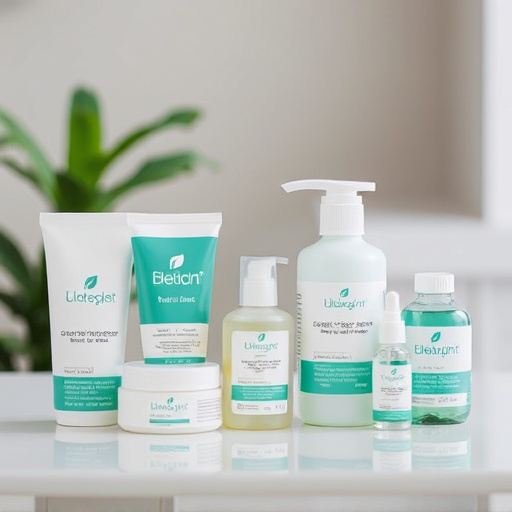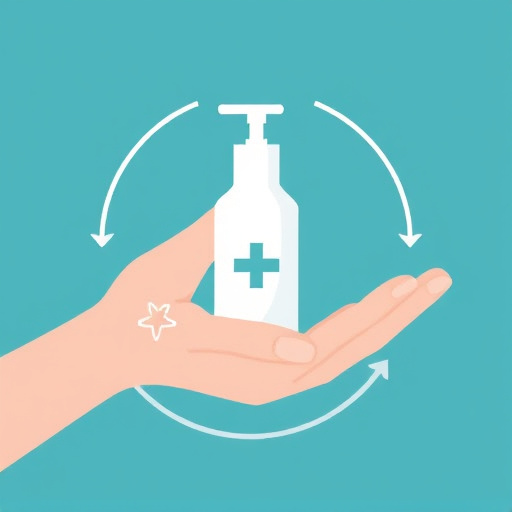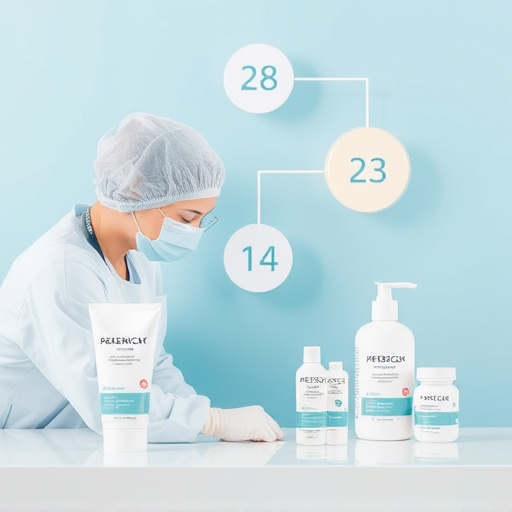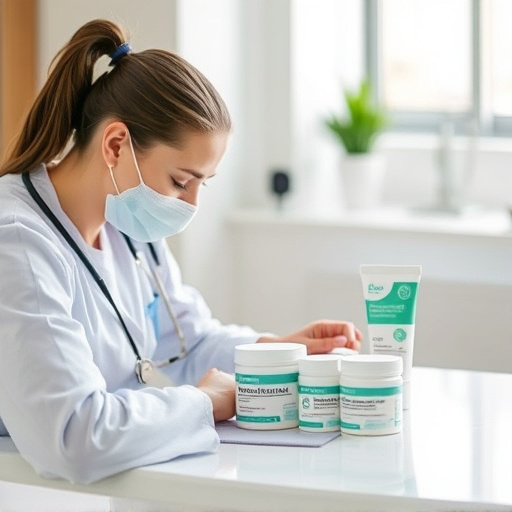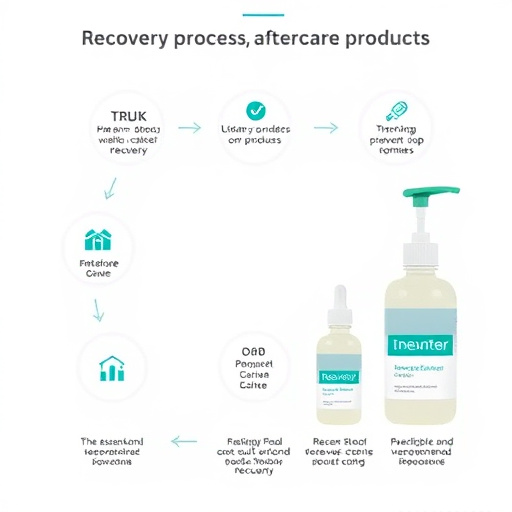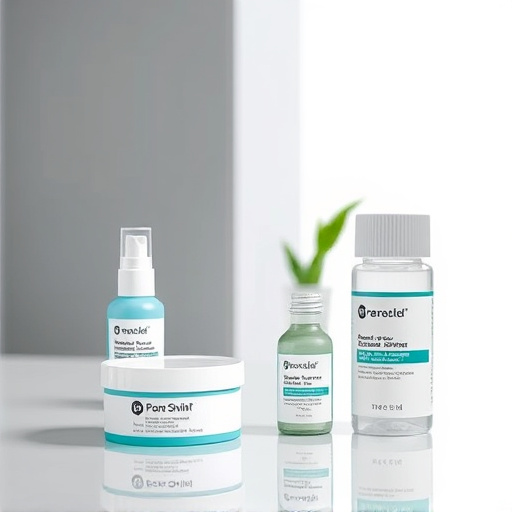Laser hair removal recovery involves managing short-term side effects like redness and sensitivity (up to 72 hours) through gentle products, sunlight avoidance, and specialist instructions. Key steps include protecting treated areas, staying hydrated, resting adequately, and monitoring for infection signs. Recovery time varies (1-3 weeks), followed by reduced hair growth for long-lasting results. Proper post-treatment care ensures optimal healing and minimizes side effects.
“Experience seamless transition towards smooth, hair-free skin with our expert laser hair removal care. This comprehensive guide delves into the intricacies of understanding post-treatment recovery, offering valuable insights and strategies for an optimal experience.
From navigating the healing process to unlocking the timeline of recovery—typically ranging from a few days to several weeks—you’ll discover essential tips for fostering quick and effective results. Embrace the journey towards silky-smooth skin with our expert guidance on laser hair removal recovery time.”
- Understanding Laser Hair Removal Recovery: A Comprehensive Guide
- Optimizing Your Post-Treatment Experience: Tips and Care Strategies
- Unlocking the Timeline: How Long Does Laser Hair Removal Recovery Take?
Understanding Laser Hair Removal Recovery: A Comprehensive Guide

Laser hair removal is a popular method for achieving smooth, hair-free skin, but understanding the recovery process is essential for optimal results and minimal discomfort. The recovery period after laser hair removal can vary depending on several factors, including skin type, area treated, and individual healing capabilities. On average, most people experience a short-term redness and sensitivity that typically subsides within 24 to 72 hours.
A comprehensive guide to laser hair removal recovery should include caring for the treated areas with gentle products, avoiding direct sunlight, and adhering to any post-procedure instructions provided by your professional. It’s crucial not to pick or scratch the skin, as this may cause irritation and prolong healing. Additionally, monitoring any signs of infection, such as increased redness, swelling, or discharge, is vital. Following these simple steps will ensure a smoother transition to long-lasting, hair-free skin.
Optimizing Your Post-Treatment Experience: Tips and Care Strategies
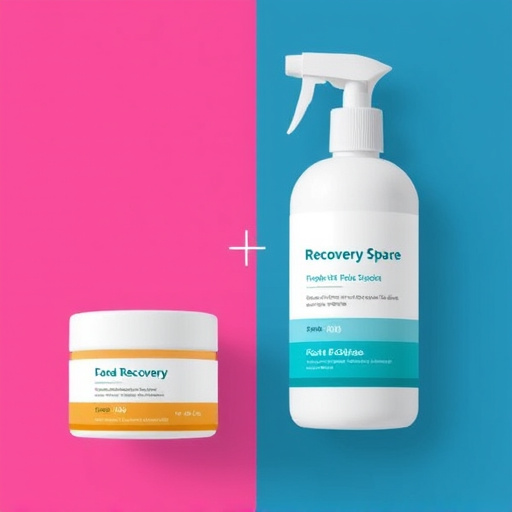
After undergoing laser hair removal, optimizing your post-treatment experience is crucial for achieving the best results and ensuring a smooth recovery. One of the key aspects to focus on is understanding and managing the expected recovery time. Laser hair removal typically causes minimal downtime, but you should still prepare for some redness, swelling, or minor discomfort in the treated areas. It’s recommended to avoid direct sun exposure during this period to prevent hyperpigmentation.
To enhance your recovery process, consider using gentle, hydrating skincare products as advised by your dermatologist. Avoid harsh chemicals or exfoliants that might irritate the skin. Additionally, staying hydrated and getting enough rest can significantly aid in healing. Remember to follow any specific aftercare instructions provided by your treatment specialist to ensure optimal results and a comfortable post-laser hair removal experience.
Unlocking the Timeline: How Long Does Laser Hair Removal Recovery Take?
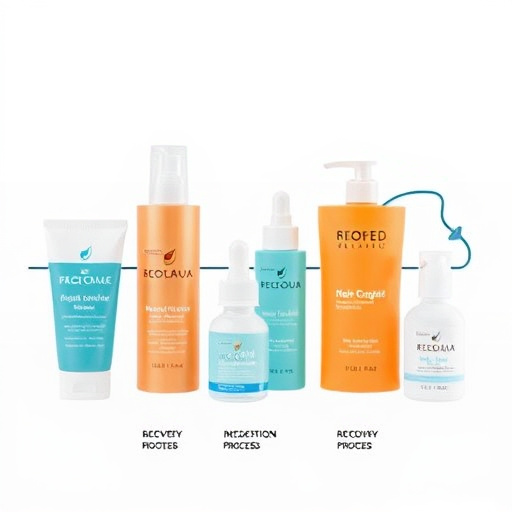
The timeline for laser hair removal recovery varies significantly from person to person, depending on factors like skin type, treatment area, and individual healing capabilities. Generally, you can expect redness and swelling to subside within a few hours to a couple of days after the procedure. This initial phase is usually the most noticeable, with many people experiencing a slight tingling or itching sensation as well.
As your body heals, hair follicles enter a resting phase, which can last from 1-3 weeks. During this time, you may notice that some hairs remain but are finer and lighter in color. Once the resting phase ends, new hair growth should be significantly reduced, providing long-lasting results. It’s crucial to follow post-treatment care instructions, including keeping the treated area clean and protected from sun exposure, to ensure optimal healing and minimize potential side effects or complications.
Laser hair removal offers a permanent solution to unwanted hair, but understanding the recovery process is key. By optimizing your post-treatment care and being aware of the typical recovery timeline, you can ensure a smooth journey to smoother, hair-free skin. Remember, each individual’s experience may vary, so it’s essential to follow expert advice and tailored strategies for optimal results.








